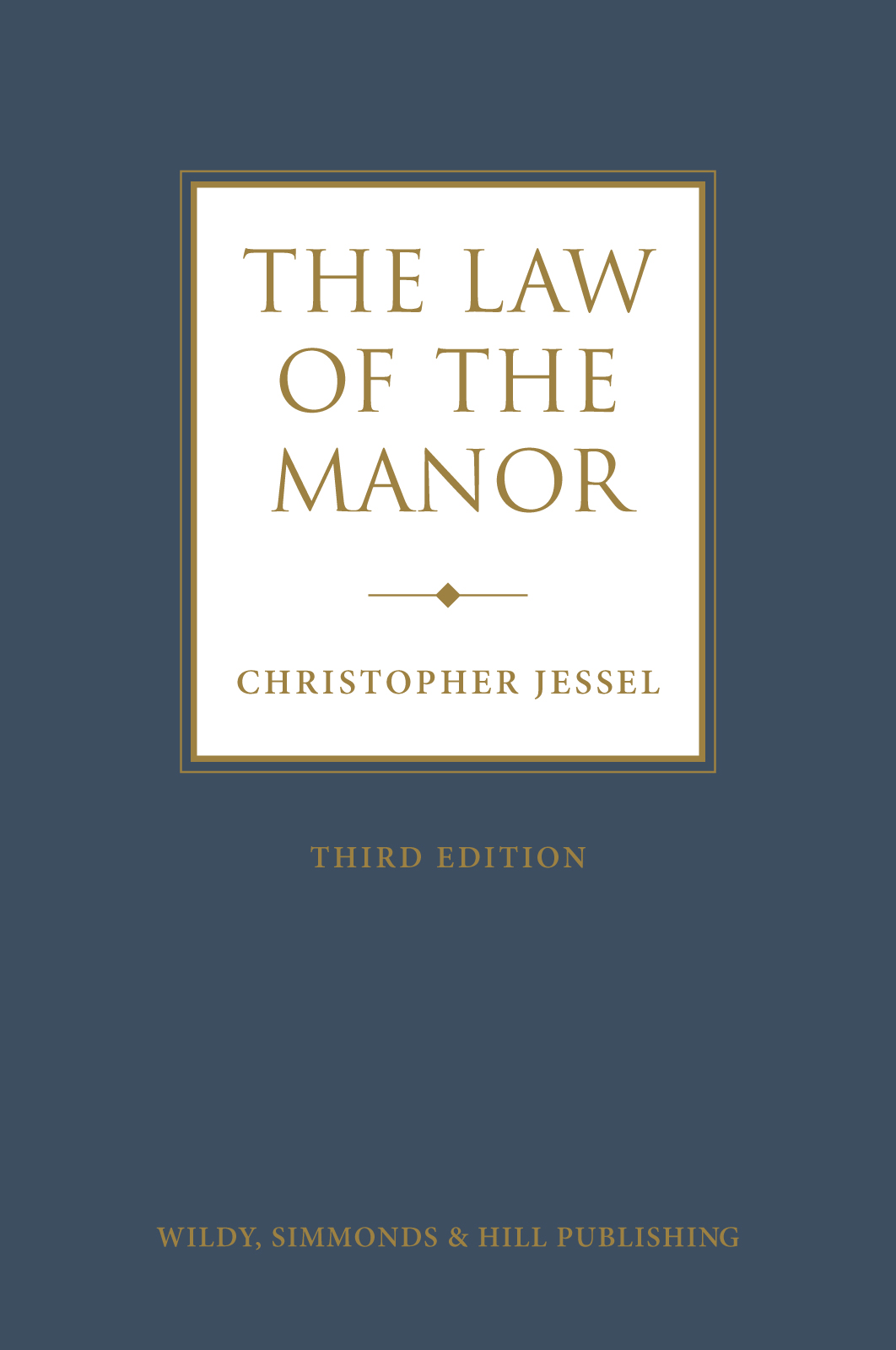
The Law of the Manor now in its third edition, is the definitive work on the subject. The author provides detailed and comprehensive coverage for practitioners. Those owning, managing, selling, or buying historic houses and estates will also find the book of value; delivering as it does a modern description of the law associated with lordships of the manor.
Principally concerned with the lands and rights of lords, the book also considers rights that can be claimed against them. These are put in context with a discussion of associated topics such as franchises and titles of nobility.
This new edition has been substantially revised. There is a new chapter on the Land Registration Act 2002 and extended coverage of manorial mineral and sporting rights, of roadside verges and of the lost ways which are expected to lose public status in 2031. The book takes account of the House of Commons Justice Committee Report in 2015. It considers several recent cases including Wynne-Finch v Natural Resources Body for Wales [2021] EWCA Civ 1473, R (Littlejohns), v Devon County Council [2016] EWCA Civ 446, Southwark Borough Council v Transport for London [2018] UKSC 63 and R (Strack) v Secretary of State for Environment, Food and Rural Affairs [2024] EWCA Civ 420.
New material has been included on the conversion of waste of the manor to occupied land, roadside verges and town and village greens. There is also greater coverage of legal authorities including over fifty decisions since the first edition and a selection of useful precedents for the practitioner.
The text is arranged in five parts. Part 1 describes the context, summarises the history and analyses custom which is the basis of manorial law. Part 2 describes the lands of tenants and lords and the relations between them. Part 3 discusses rights and comprises a detailed commentary on section 62(3) of the Law of Property Act 1925. The book covers rights of common, mineral, and sporting rights, courts and remaining revenues. Part 4 sets the manor in the context of other institutions, namely the church, towns and feudal relationships. Part 5 summarises and looks at the modern manor, its documents, conveyancing (with particular reference to registered land) and taxation, concluding with suggestions for reform.